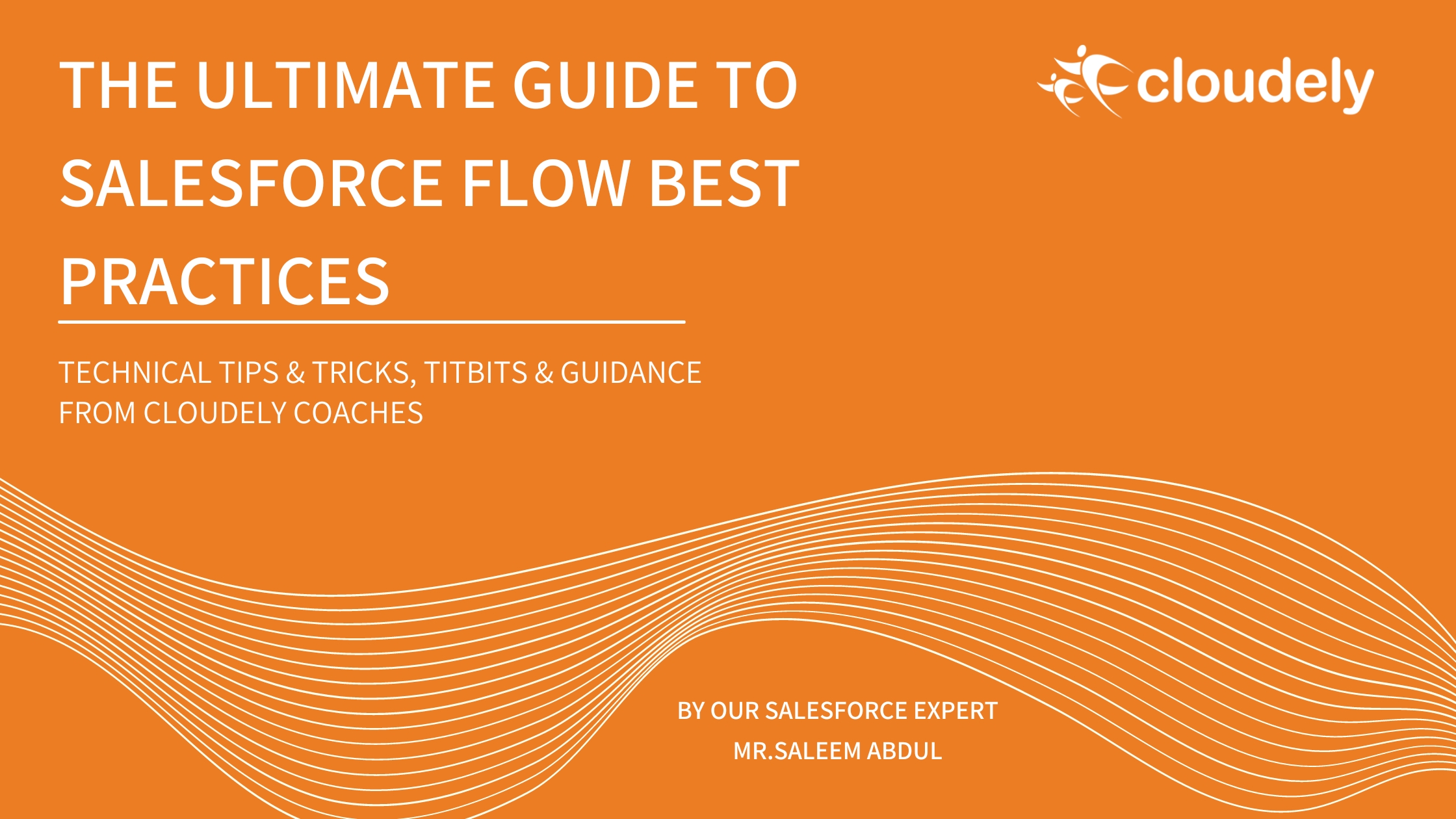Flow is a Powerful business automation tool that can manipulate data in a variety of ways. In fact, it is the best tool when it comes to complex business requirements. Salesforce announced that the other automation tools which are process builder and workflow rules will be retired soon. Therefore for the simple requirements, it is recommended to use flows.
There are many things that can be performed using flows. You can:
delete data, display data, create many related and unrelated records, access any object and table from the database, schedule a flow or you can configure a flow before save.
Salesforce announces tons of new features in every release. Below we share the Flows best practices for your guidance:
- For each object, use one automation tool.
- Without testing into sandbox, creating and editing in production environment may lead to data loss.
- Always Test Your Flows Make sure you test your solution thoroughly before pushing it into Production.
- Flow Builder has a built-in debug tool that you can use to test your Flows before activating them.
- We can use a collection variable wherever possible. The collection variable makes your code bulkify and perform better.
- Always do the null check otherwise you will get an unhandled error.
- Always do the list check or size check if you perform on the list before doing the update.
- Never perform a DML statement inside a loop, if you need to loop through and update multiple records always remember to use a collection variable and perform DML outside of the loop.
- Documenting your flow allows the next person to understand the overall flow easier.
- Never hard coded Ids, Ids will change between sandbox and production.
- As a best practice it is recommended to display a better error message to the user when a flow encounters an error.
- Always use the fault path, if you have a DML transaction or something coming from the database should always have the fault path.
- Choose the Right Trigger Type for Record Triggered Flows.
- Use Subflows for Repeated Logic.
Build your flows by following the above best practices. There are lots of learning materials out there that you can utilize.

